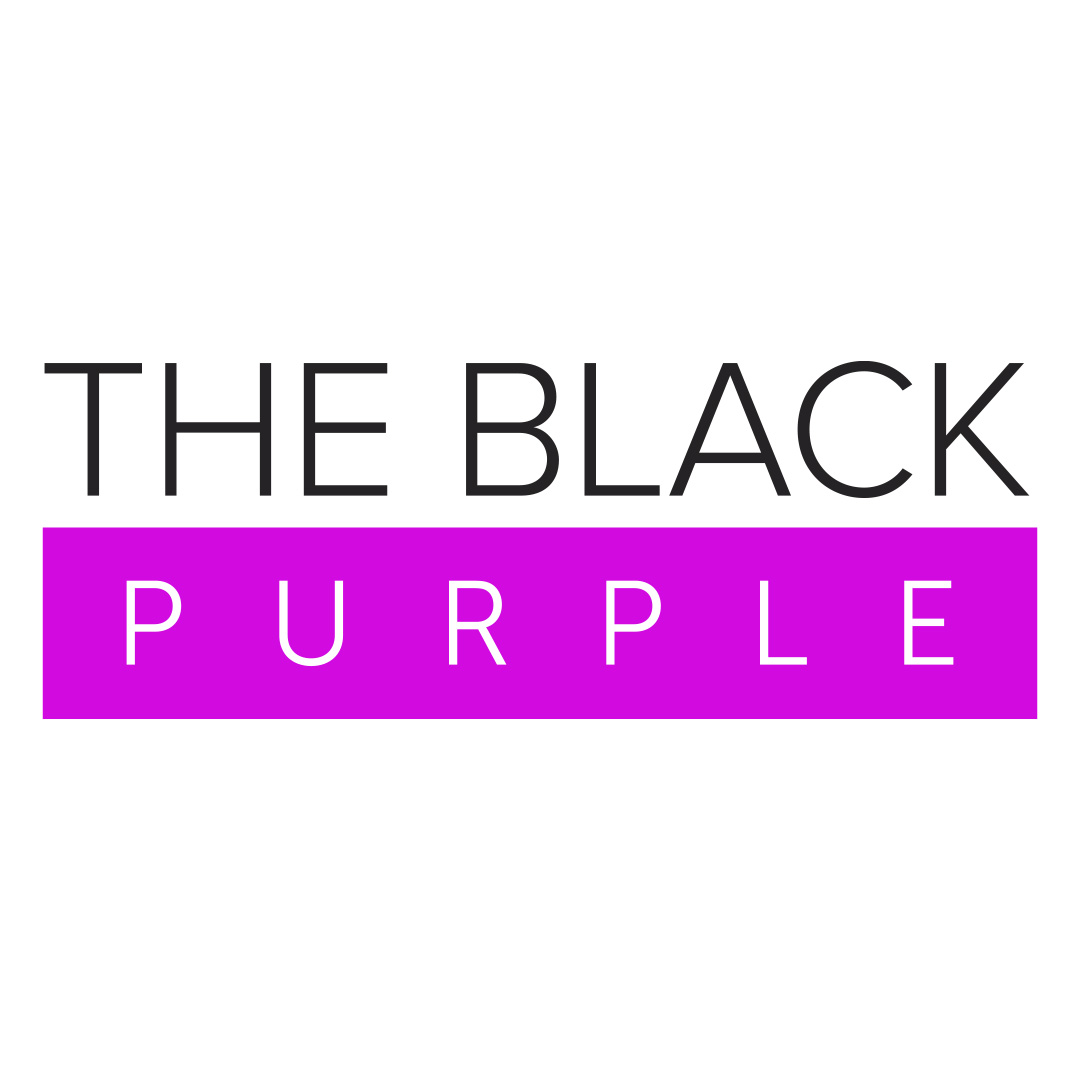
How Nutrition Labels on Food Don’t Help Your Fight Against Cellulite
How Nutrition Labels Make it Difficult to Fight Cellulite
There are a number of ways that nutrition labels fall short of letting you know the effect the contents of a food package has on your weight and cellulite.1. Serving Size
Many nutrition labels don’t list the amount and percent daily value on the entire contents of a package, but only on a certain serving size. That means that the entire package can contain many times the amounts of each item listed on the nutrition label. Unfortunately, many of us read the nutrition label thinking it represents everything in the package.2. Some Listings are Inconsistent
For example, as a result of lobbying by the sugar industry, a percent daily value for sugar is not listed on nutrition labels, only the amount of sugar in grams. But who knows how much sugar is represented by four, or 40, grams? (1 teaspoon and 10 teaspoons).An Idea to Make Nutrition Labels More Useful
Saying that current nutrition labels don’t do enough to help consumers understand their nutrition intake, a group of British doctors suggest that labels include an indication of how much exercise or activity is needed to burn off the calories in the food they represent. “The objective is to prompt people to be more mindful of the energy they consume and how these calories relate to activities in their everyday lives, and to encourage them to be more physically active,” said Shirley Cramer, chief executive of the Royal Society for Public Health. The RSPH suggests it would be as simple as listing how long it would take to walk, run or swim off the calories in the food you eat. For example, for a person of average weight and height, a can of pop that contains 140 calories would take about a half hour of walking to burn off. The idea is a good one because studies indicate that most people underestimate how many calories they consume and over estimate how many calories they burn during an activity. While the idea won’t solve the problem of excess weight and cellulite, it would certainly be a helpful step in the right direction.Share

